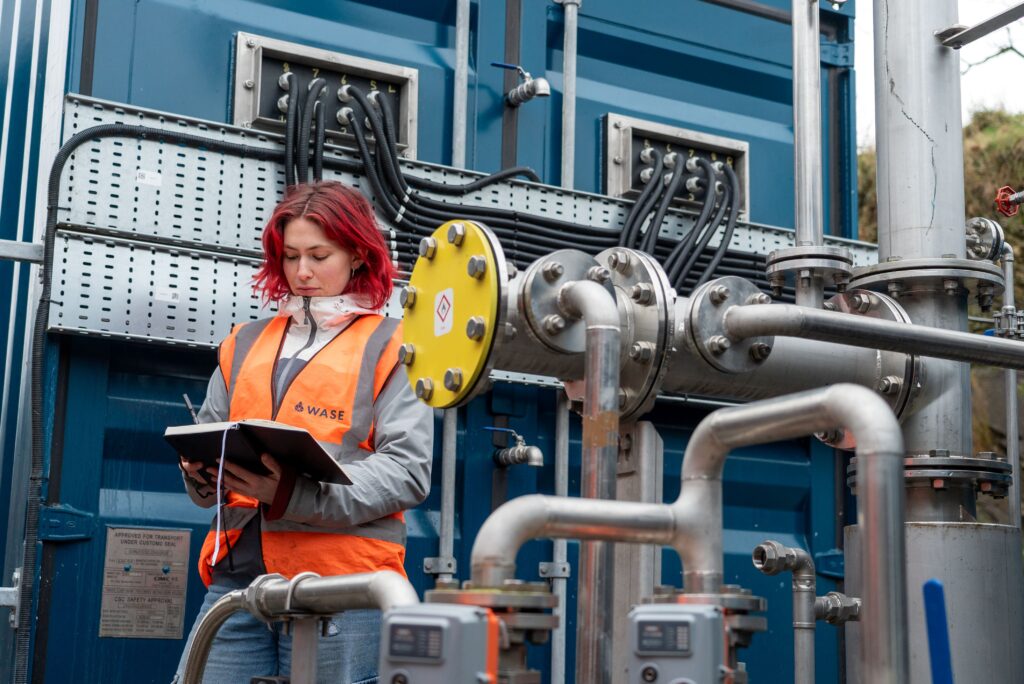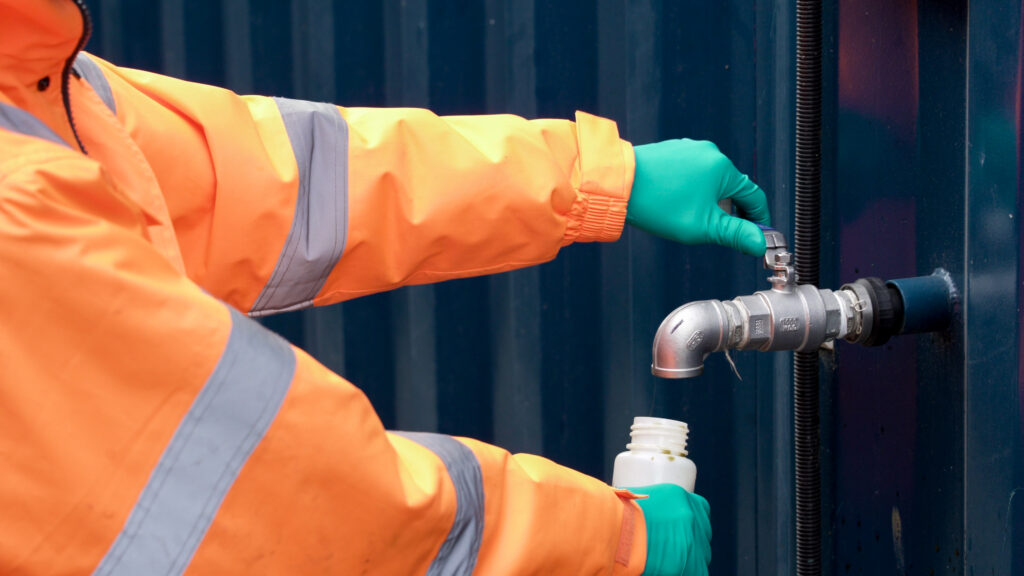When people hear the word methane, they often think of climate change, greenhouse gas emissions, and the environmental impact of fossil fuels. As a potent greenhouse gas causing global warming, methane has earned a controversial reputation. But is methane actually ‘dirty’ or does this merely depend on its source?
When it comes to methane, there are two different types – fossilised and defossilised, which have different sources. Why does this distinction matter when discussing climate solutions?
Fossilised Methane: the traditional villain
Fossilised methane is extracted from underground reservoirs like natural gas deposits formed over millions of years from ancient organic matter. This is the methane that people typically associate with the oil and gas industry. When burnt, it releases carbon that has been locked underground for millions of years and subsequently adds what is considered ‘new’ methane to the atmosphere. The practice of extracting these natural gases is complex, and issues can often occur, such as gas leaks that further contribute to the release of ‘new’ methane.
When you look at methane extraction in this context, it can rightly be viewed as a dirty fuel source as it is increasing the amount of the gas in the atmosphere. By continuing to extract this gas, we are undermining the considerable efforts to decarbonise and move to more sustainable energy practices. Natural gas is often presented as a cleaner alternative to burning coal or oil; however, fossilised methane presents its own challenges in trying to achieve a net zero society.

Defossilised Methane: the new perspective
Then we have defossilised methane, which is produced from renewable sources like food waste or wastewater. Defossilised methane can be considered carbon neutral as it is formed from existing biological sources rather than through mining of trapped underground sources, and hence, Defossilised methane can be considered a closed carbon loop.
In the case of WASE, this defossilised methane is created through the process of electro-methanogenesis, a natural process using electrically charged microbes that break down organic matter to create a high strength methane rich biogas.
This process of capturing defossilised carbon, converting into methane and using it as a fuel significantly reduces methane emissions that would otherwise escape into the atmosphere. For example, capturing methane from a wastewater treatment plant like WASE’s compact modular systems and using it to generate heat or electricity transforms what could be considered a harmful emission into a valuable energy resource.
In this context, methane becomes a positive opportunity and not a dirty word with a bad reputation. There is scope for the global community to broaden its opinion on methane and unlock tools for transitioning away from fossilised fuels while still meeting energy consumption needs.
Comparing carbon intensities
The current carbon intensity of natural gas in the UK is 0.1892kg CO₂ per kWh if we compare this to the carbon intensity of biomethane, which is only 0.002kg CO₂ per kWh, the actual carbon impact of using biomethane is considerably less, lowering overall carbon emissions.

Does the market recognise defossilised carbon?
Emissions trading schemes allow companies to buy/sell their carbon to help off-set emissions. When a system is producing high volume of biogas that is used instead of natural gas, a carbon saving is realised and should be able to be traded. In the EU the price per tonne of CO2 avoided by using biogas is ~€62/tonne (subject to market volatility), in the UK the cost of carbon is ~£65/tonne.
So, Is Methane a Dirty Word?
The short answer – it depends on the source.
The term methane tends to bring with it the images of pollution but that view is overly simplistic in the scheme of things. The term methane typically conjures images of pollution, but that view is overly simplistic and ignores cleaner opportunities. Methane can be part of the problem or part of the solution depending on how we choose to use it. Fossilised methane enhances our reliance on outdated energy streams that are not fit for achieving a net zero world. On the other hand, defossilised methane aligns with achieving a circular economy and offers a novel way to reduce emissions while recovering valuable resources from our waste streams.
As climate change continues to be a focus point for the global community, it’s time for us to change the way we think and talk about methane. Rather than writing off this gas entirely, we need to ask the right question when it comes to its acquisition. Where is it coming from? How much carbon can we replace? Can it add both monetary and societal benefit to my business?
If you’re interested in learning more about our services or exploring your own opportunities to use methane, please reach out to our team using the contact form here.

